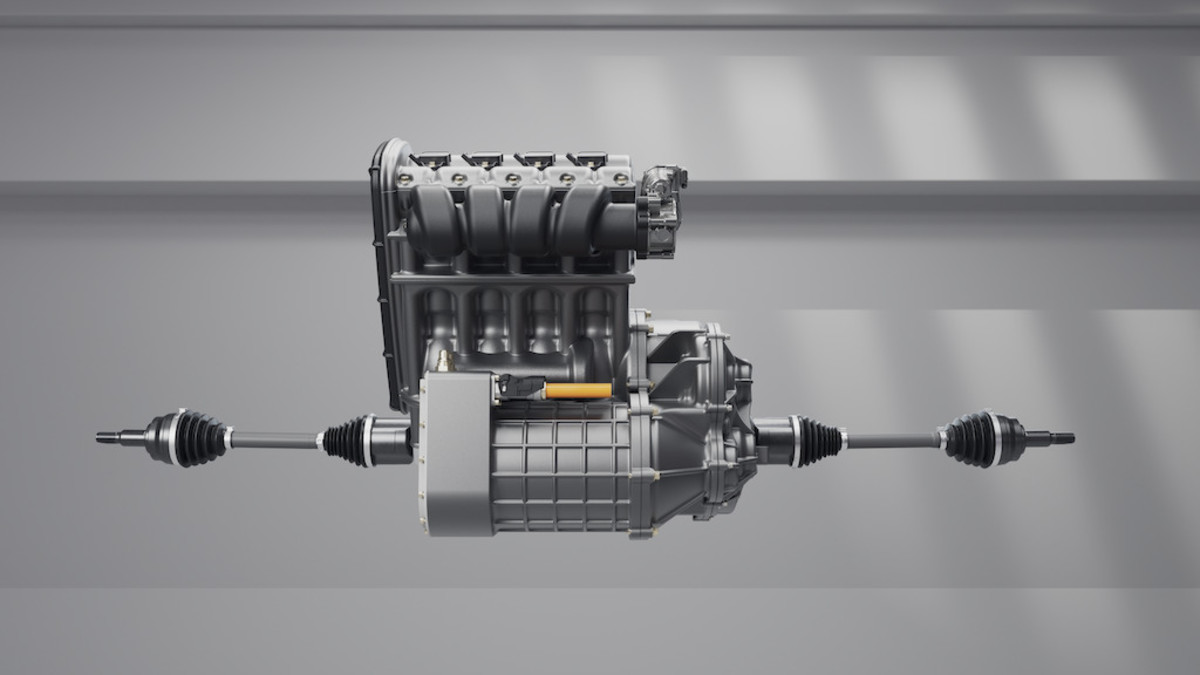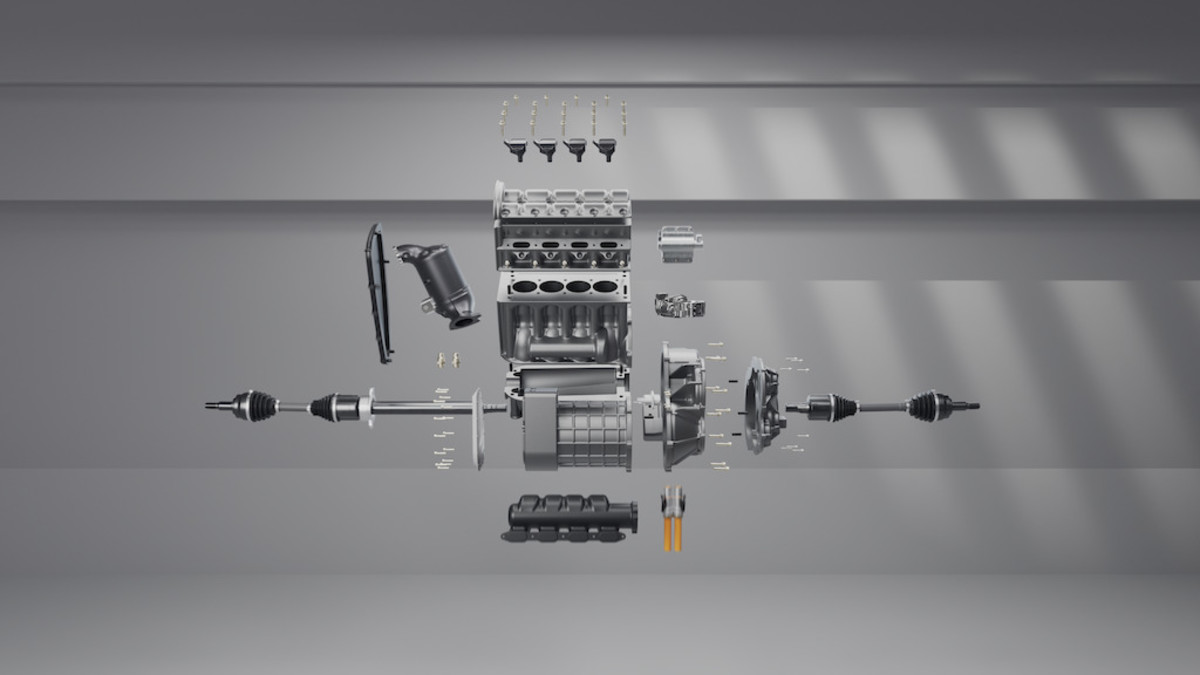Reimagining Hybrids

Just a heads up, as exciting as electric vehicles sound these days, they aren’t flying off the lots as fast as one might imagine. Sure, electric vehicle sales are ticking upwards, but it’s more of a steady climb rather than a rocket blast. To put it in perspective, in the first quarter of 2025, around 296,227 EVs were sold in the U.S. That’s about an 11.4% increase from last year, according to data from Cox Automotive. Yet, when stacked against Hyundai’s sales of 203,554 vehicles during the same timeframe, it’s clear there’s room for growth. This sets the stage for companies to bring hybrid solutions that could ease the transition for manufacturers not ready to go full-electric yet.
The Hybrid Solution

Here’s where a slick new player enters the game. A startup, with some heavy hitters like Renault Group, Geely, and Aramco backing it, has come up with a way to make hybrid tech more accessible. Introducing Horse Powertrain’s Future Hybrid Concept (FHC)—a very clever, all-in-one hybrid powertrain system designed to retrofit both electric and gas-powered vehicles into hybrids. It was showcased at this year’s Auto Shanghai show, and it seems like the real deal for car manufacturers looking for a seamless way to hop on the hybrid bandwagon.
How It Works
This hybrid system includes a combo of an engine, electric motor, and transmission all snugged together. The idea is for it to replace an EV’s front drive unit and connect to the subframe without much fuss. So basically, this setup slots right in where the EV bits go, but with the added benefit of a bit of combustion magic. And, it gets even better: this setup includes all the electronic trickery a hybrid needs, like a controller, inverter, and a charging booster capable of 800V fast-charging. Car makers only need to figure out where to fit an exhaust and gas tank, and they’re good to go.
What’s cool is that this system isn’t fussy about fuel, either. It’ll gladly sip on ethanol, methanol, synthetic fuel, or gasoline. Horse Powertrain says it can even extend the range of an existing EV by hooking into the main battery. The connected transmission can power the front wheels solo or team up with an electric rear axle for all-wheel drive fun.
Behind the Wheel
When it comes to the driving experience, the FHC hybrid powertrain aims to bring some great things to the table. Picture having the flexibility of a traditional hybrid’s smooth transitions with the added reliability of not being tied to a single fuel source. Compared to a pure EV, this setup might offer a more familiar driving feel to folks accustomed to gas-powered vehicles, providing not just the instant torque of electric motors but also the extended range and adaptability that hybrids are known for.
Looking Ahead
It’s intriguing to see the automotive landscape possibly change with plug-and-play hybrid solutions becoming more mainstream. Honda is a prime example, with half of its Accord, Civic, and CR-V sales being hybrids—a testament to consumer interest. Horse Powertrain is gearing up for the first real-world application of the FHC by 2028. Should their innovation meet expectations, this could be the bridge automakers use to easily marry hybrid tech with existing electric models, offering car enthusiasts yet another layer of choice in how they drive.
Tesla's Market Shift
Ford GT's Wild Detour
RAV4 Takes Top Spot
Chinese EVs Raise Flags
Porsche GT3 Record